The 10 Coolest Servers Of 2015
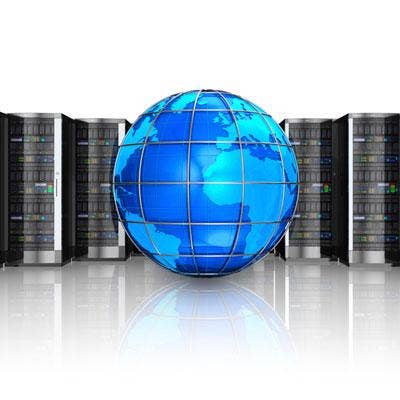
Scintillating Servers
The server landscape changed rapidly in 2015 as vendors raced to embrace hyper-converged infrastructure and continue offering the density and efficiency users expect. Competition heated up as Dell, once known for its prowess in the small- and medium-sized business space, began offering enterprise servers competitively aimed directly at industry powerhouses Cisco and HP, which also took steps to stay ahead of industry trends. Meanwhile, EMC tried to remain ahead of the curve with a new release under the VCE umbrella.
CRN combed through the latest and greatest offerings from the major storage superstars to find the top 10 servers of 2015.
If you missed it, be sure to take a look back at the rest of the best of 2015 with CRN.
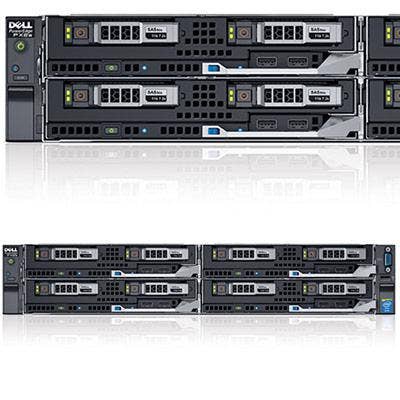
Dell PowerEdge FX2
The FX2 is on the front lines of Dell’s server offensive and represents an entirely new modular blade server architecture unique to Dell. The FX2 delivers converged infrastructure, density and efficiency within a 2U rack form factor. The FX2 is a departure from the usual, delivering a highly modular server that can be easily customized for specific workloads.
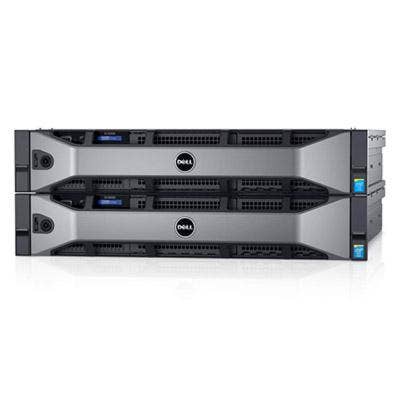
Dell DSS 7000
Dell claims this is the industry's densest storage server. It was built to deal with storage requirements beyond hyperscale and delivers up to 720 terabytes of storage in a 4U chassis. The DSS 7000 can pack up to 90 3.5-inch drives and two 2-socket server nodes in order to give cloud builders block and object storage solutions on a low dollar-per-gigabyte budget.

HP Gen9
HP's Gen9 server is an example of HP making alterations to its technology in order to compete more aggressively with Cisco. The Gen9 is better suited to cloud environments than its Gen8 predecessor, and partners have been enthusiastic about the fact that HP gives customers a number of choices over a variety of server lines.
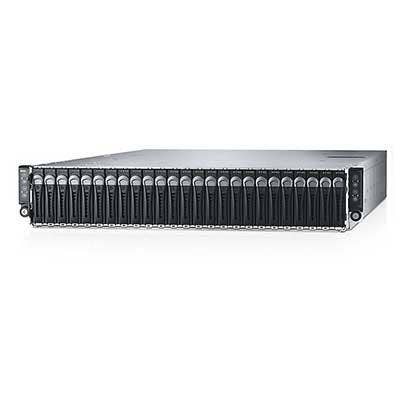
Dell PowerEdge C6320
Unveiled earlier this year, the PowerEdge C6320 is said to optimize compute and memory for high-performance computing, Web technology and cloud environments. Dell says the C6320 is an ideal system for hyper-converged solutions, and it's rolling the C6320 into its hyper-converged offerings including Dell Engineered Solutions, VMware EVO: RAIL and Dell's own XC Series Web-scale converged appliances. The C6320 offers four independent server nodes in a 2U chassis and runs on Intel Xeon E5-2600 v3 processors. A 2U chassis carries 144 cores, up to 512 GB of DDR4 memory and up to 72 TB of local storage.
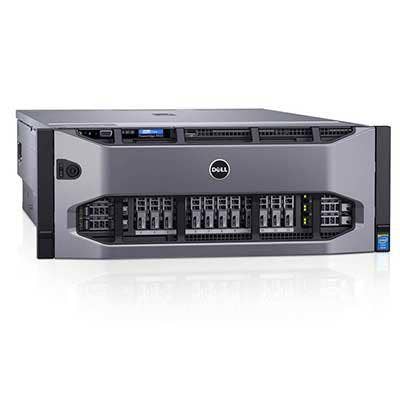
Dell PowerEdge R930
This is Dell's big dog, its most powerful server designed specifically for demanding enterprise applications. It's also Dell's play for the non-x86 market, and the company is encouraging non-x86 customers to migrate from Unix to Linux "with ease and move to a more innovative, future-ready data center." The R930 was unveiled in April and began shipping in June. Dell has aimed the R930 at the non-x86 market despite that market's decade-long decline, arguing that "the non-x86 market presents a $9.1 billion addressable market in 2015." The R930 carries Intel Xeon processors, 6 TB of memory, 24 internal hard drives and supports up to eight PowerEdge Express Flash SSDs.
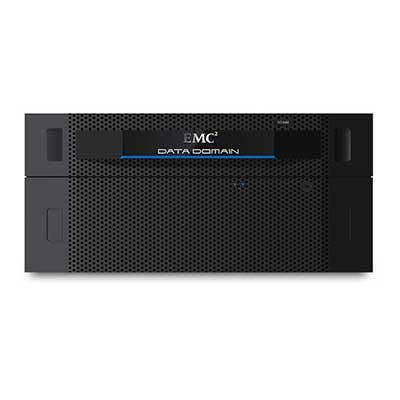
EMC Data Domain DD9500
EMC's new Data Domain DD9500 is powered by new software and claims nearly twice the speed of the last version. Unveiled by EMC in May, the DD9500 boasts 1.7 PB of capacity and support for big data deployments, as well as several software-powered data protection solutions. Those include a new version of its ProtectPoint software and CloudBoost, which are intended to seamlessly connect customers' existing EMC data protection solutions to elastic, scale-out cloud storage such as EMC ECS and Project Falcon.
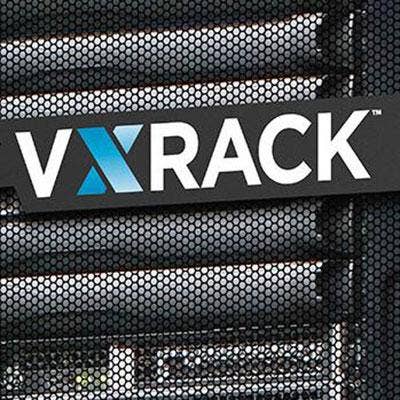
EMC VxRack
With VxRack, EMC made VCE's entry into the red-hot market for hyper-converged infrastructure. EMC is counting on VxRack to simplify deployment of cloud and mobile apps. The release also could be another sign of EMC's changing relationship with Cisco. VCE's Vblock and VxBlock systems use Cisco UCS servers and Nexus switches, but VxRack systems use white-box servers from a Taiwan-based hardware manufacturer. VCE said VxRack won't compete directly with Cisco but serves a market segment in which Cisco does not have a presence.
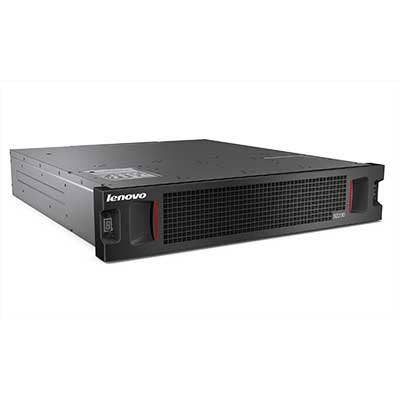
Lenovo Storage S2200
The S2200 is Lenovo's newest, independently developed storage technology. The Lenovo Storage S2200 features 2U enclosures with single or dual controllers and room for either 12 or 24 drives. The S2200 supports up to 96 drives with expansion enclosure and offers Fibre Channel, iSCSI or SAS connectivity. The S2200 comes with a complete suite of storage services, including data tiering, thin provisioning, SSD read caching, rapid RAID rebuild, snapshots and storage pooling at no extra charge.
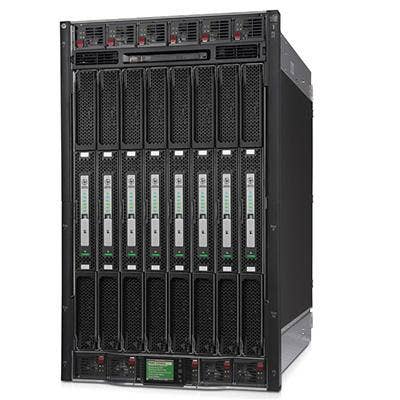
HP Superdome X
HP credits the Linux community and Red Hat partners with its breakthrough x86 Superdome X server, which the company is billing as an alternative to running mission-critical applications on "a costly proprietary system," and a strong choice for enterprises concerned about x86 reliability and availability. The company says Superdome X blends x86 efficiencies with HP technology for mission-critical applications to give users more uptime and better performance. Superdome is scalable up to 16 sockets and 12 TB of memory for in-memory and large scale-up x86 workloads.
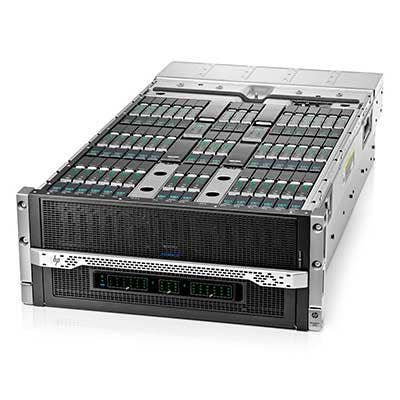
HP Moonshot
While traditional server innovation has focused on speeds and feeds, HP is taking a radical departure from that path. At the heart of the Moonshot server is the platform itself, which manages to cram 45 Intel server cartridges into a 4.3U chassis alongside two network switches. It's a high-density ecosystem that weaves together use-specific jobs, local chassis fabric and a converged infrastructure. HP's Moonshot servers may be the company's biggest and most ambitious rethinking of server architecture in the past decade.
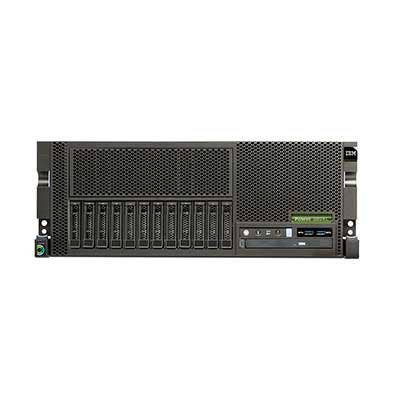
IBM/SoftLayer OpenPower
In the second quarter, SoftLayer began offering IBM OpenPower-based servers as part of its portfolio of cloud-based services. The offering allows customers to select OpenPower-based bare-metal servers when configuring cloud-based infrastructures from SoftLayer. Based on the OpenPower Foundation design concept, the servers were developed to help customers better manage data-intensive workloads on public and private clouds, the company says. IBM and SoftLayer worked closely with fellow OpenPower members Tyan, a provider of advanced server/workstation platforms, and Mellanox Technologies, a leading supplier of InfiniBand and Ethernet solutions. SoftLayer bare-metal servers run Linux applications and are based on the IBM Power8 architecture, the processor technology at the heart of IBM's Power Systems line of servers.